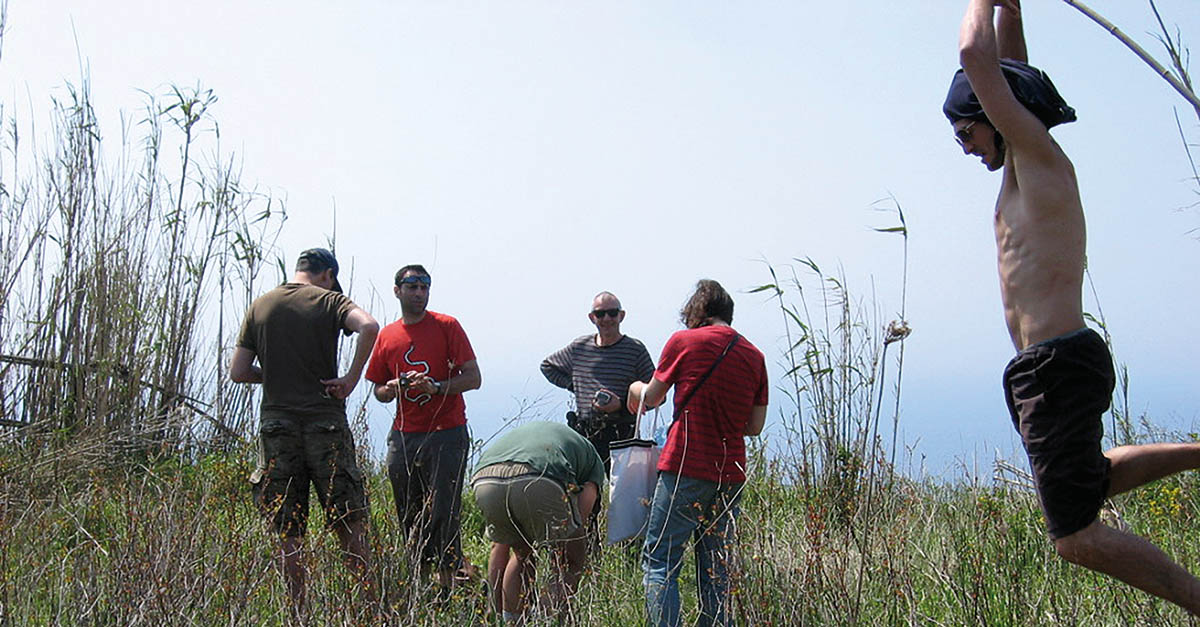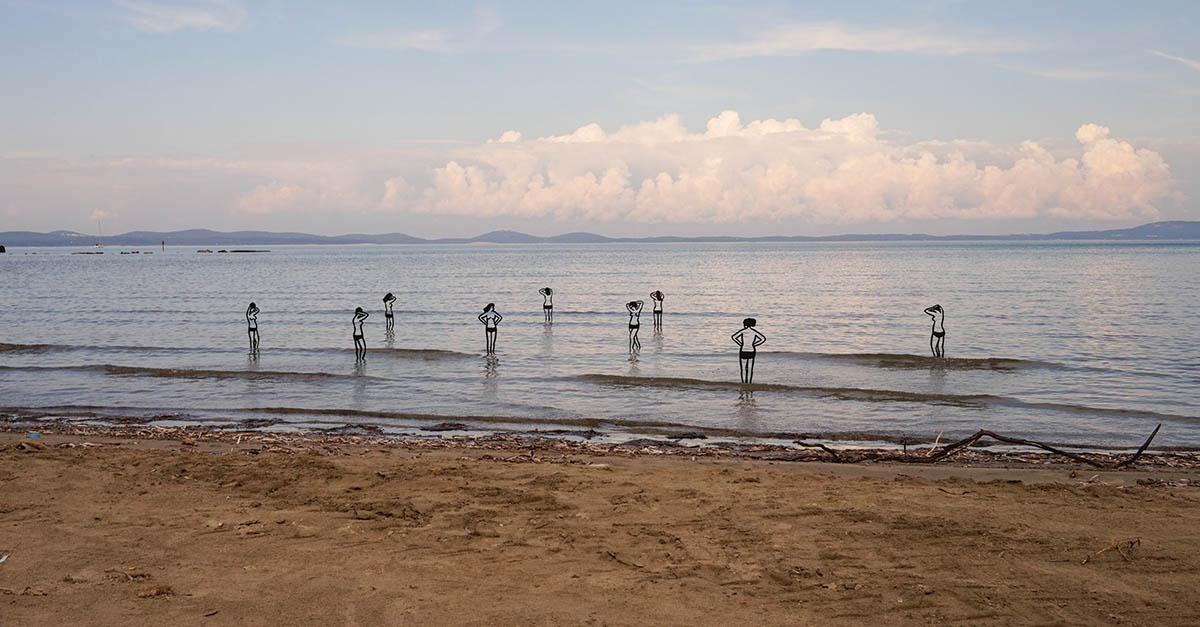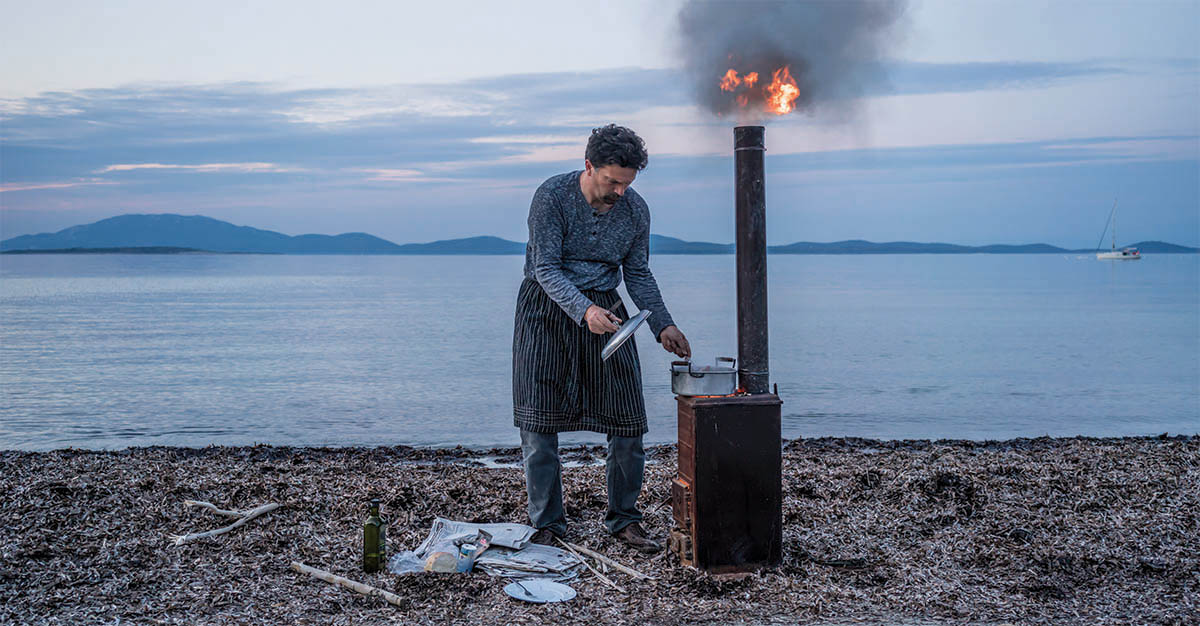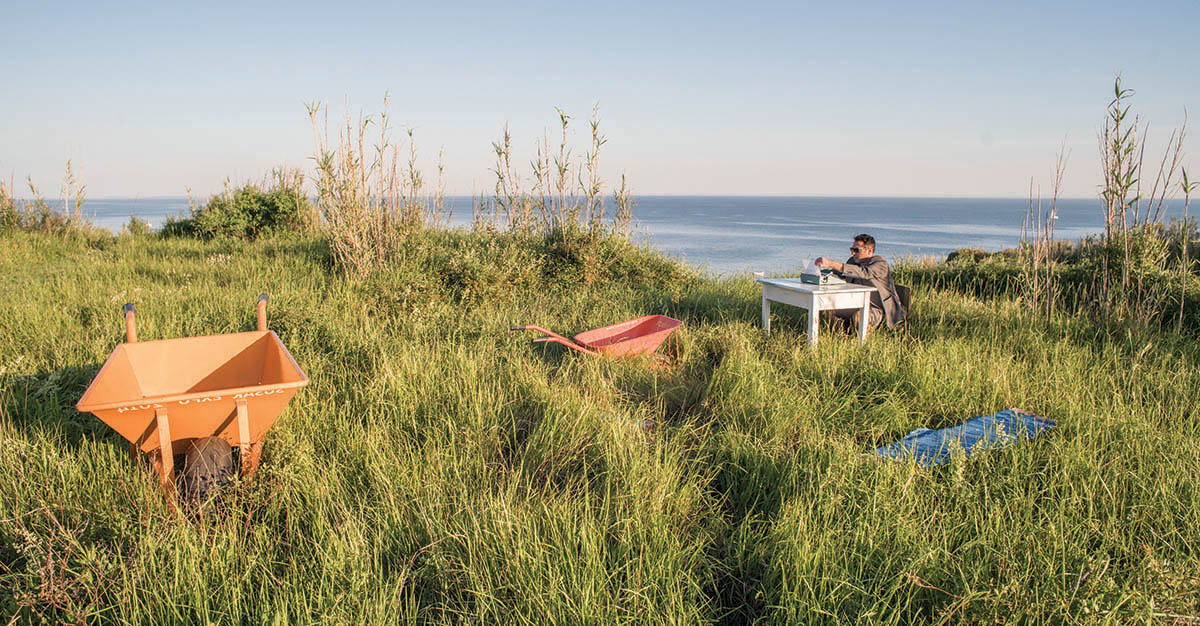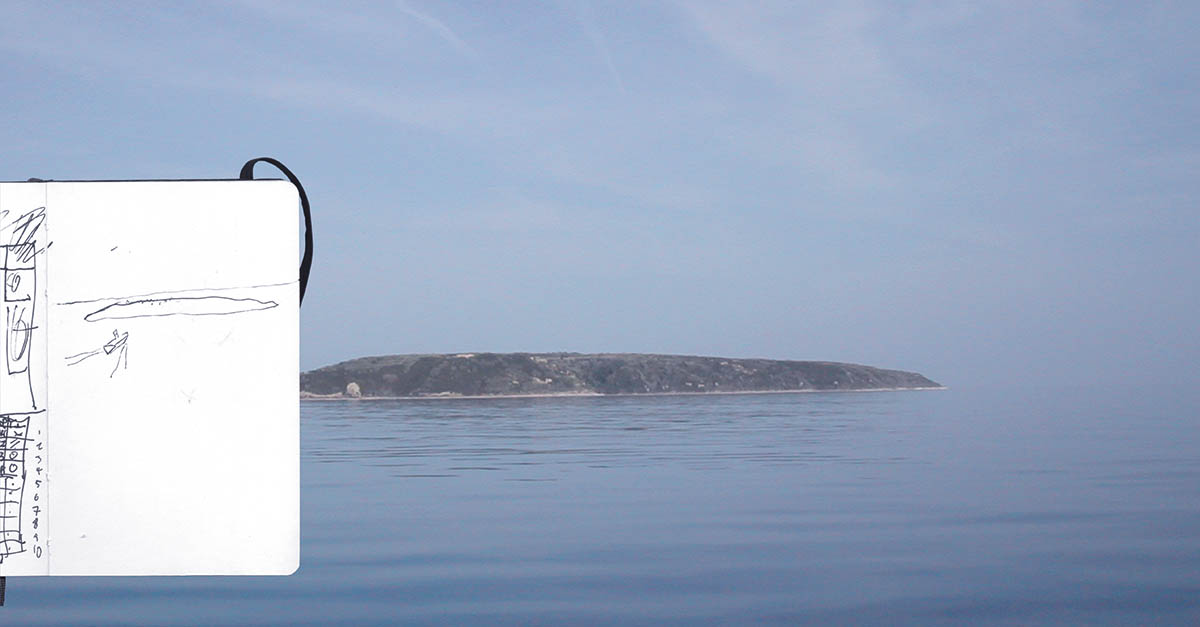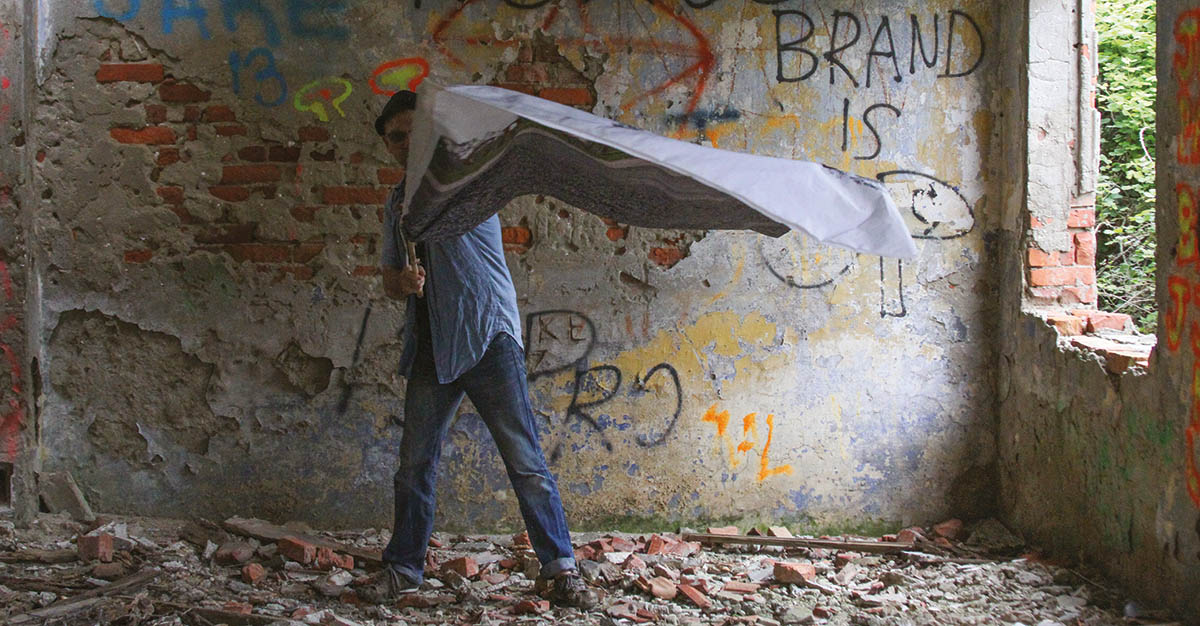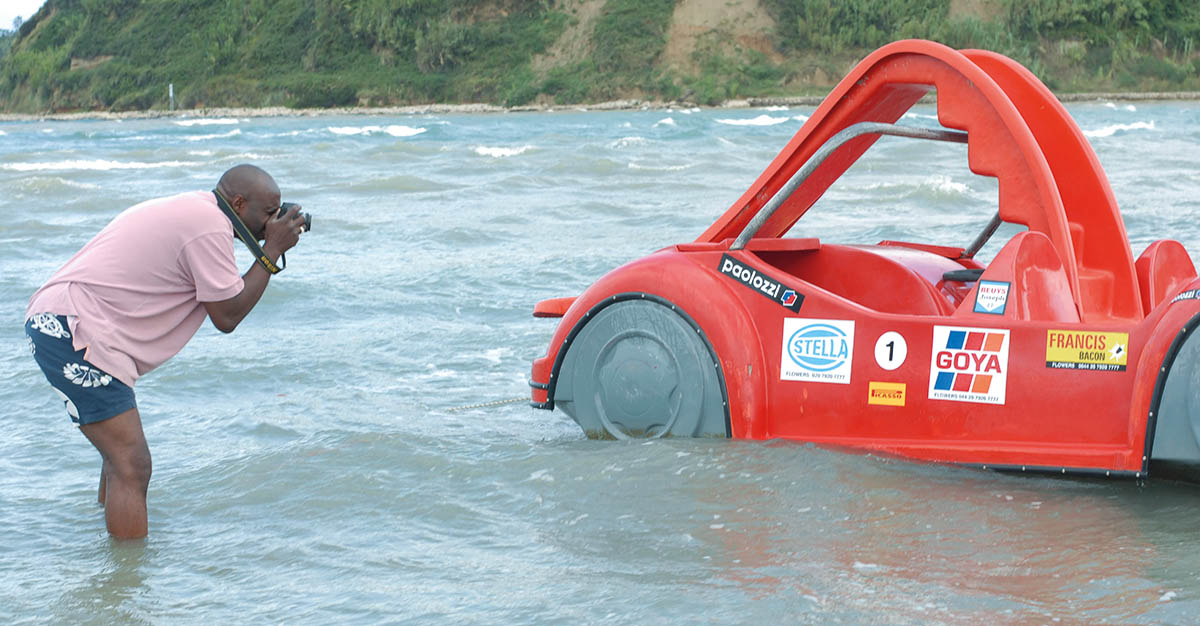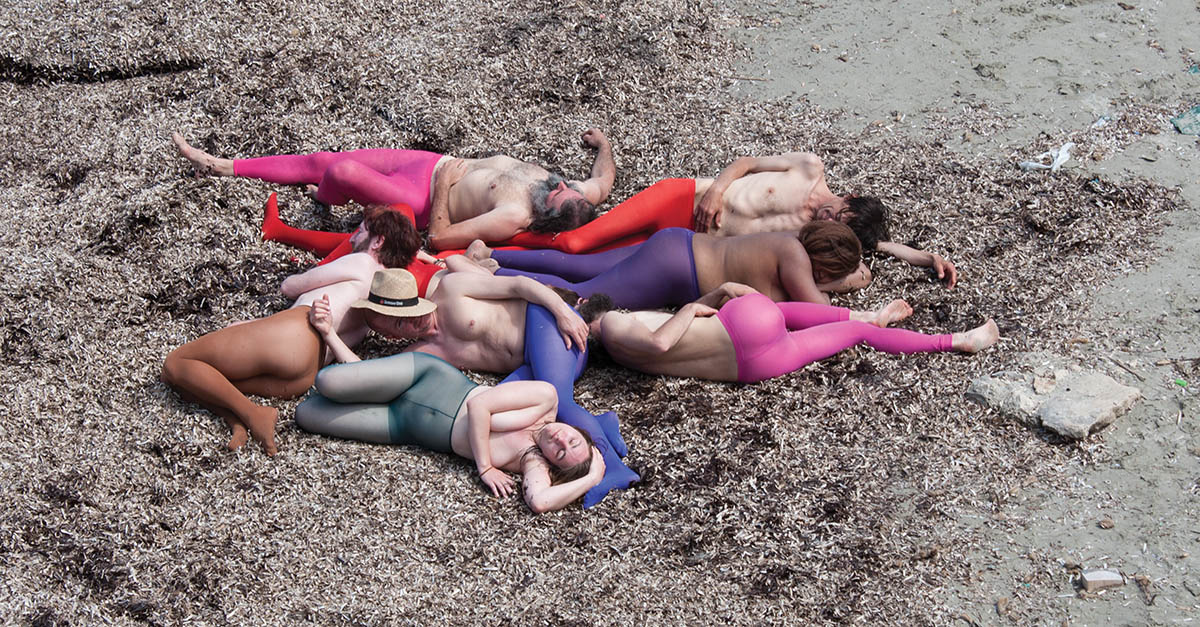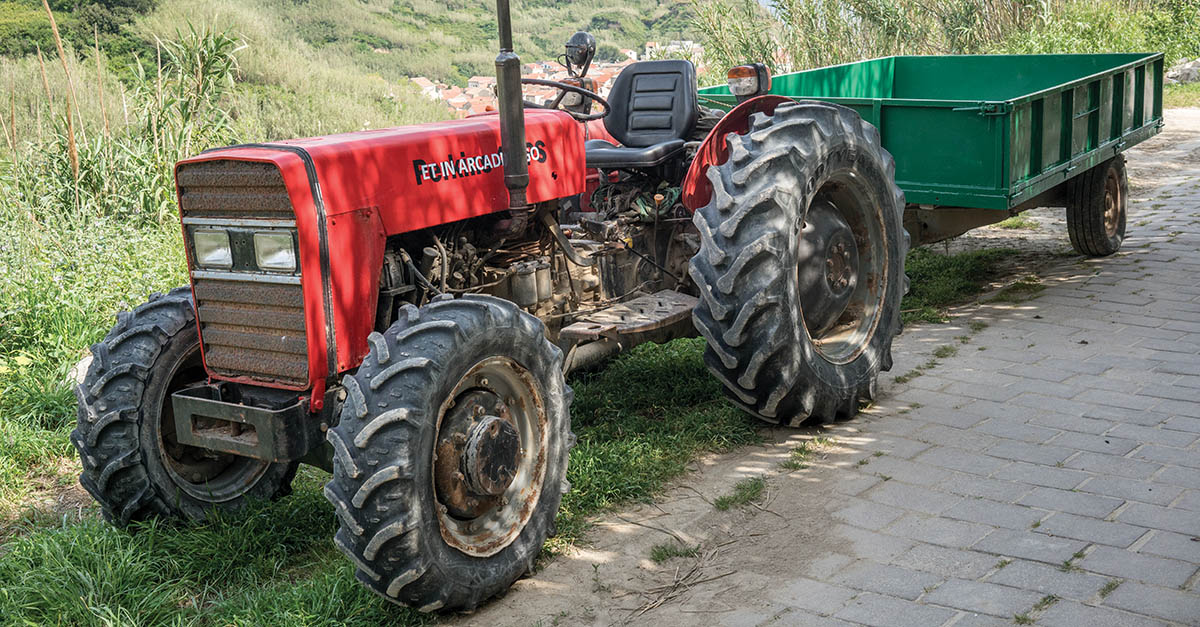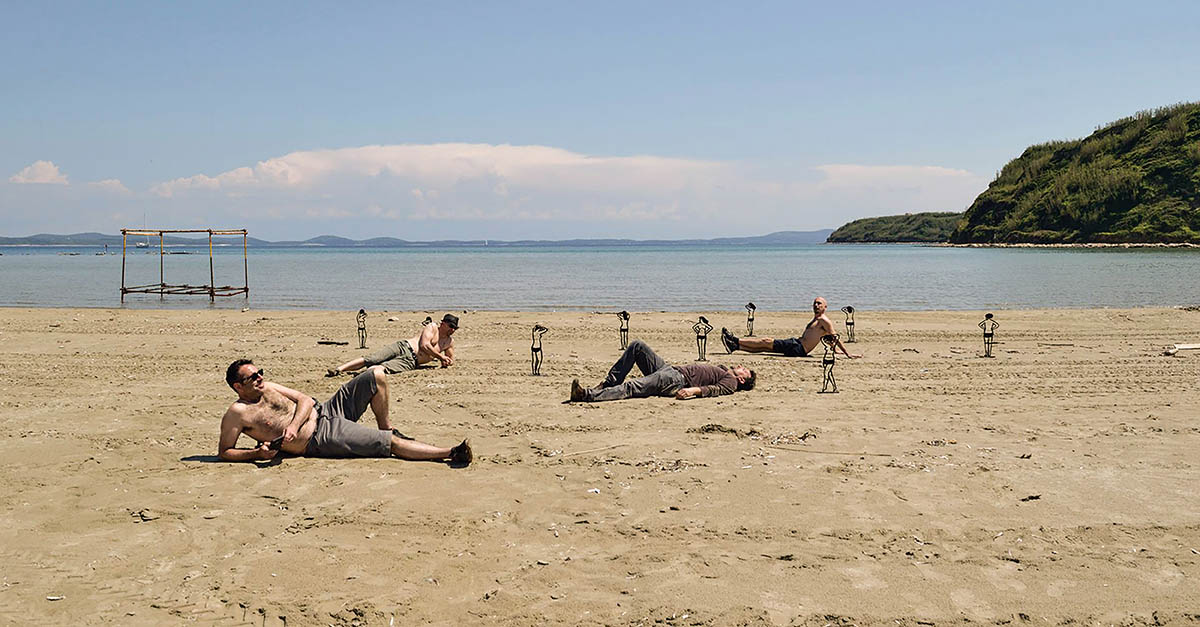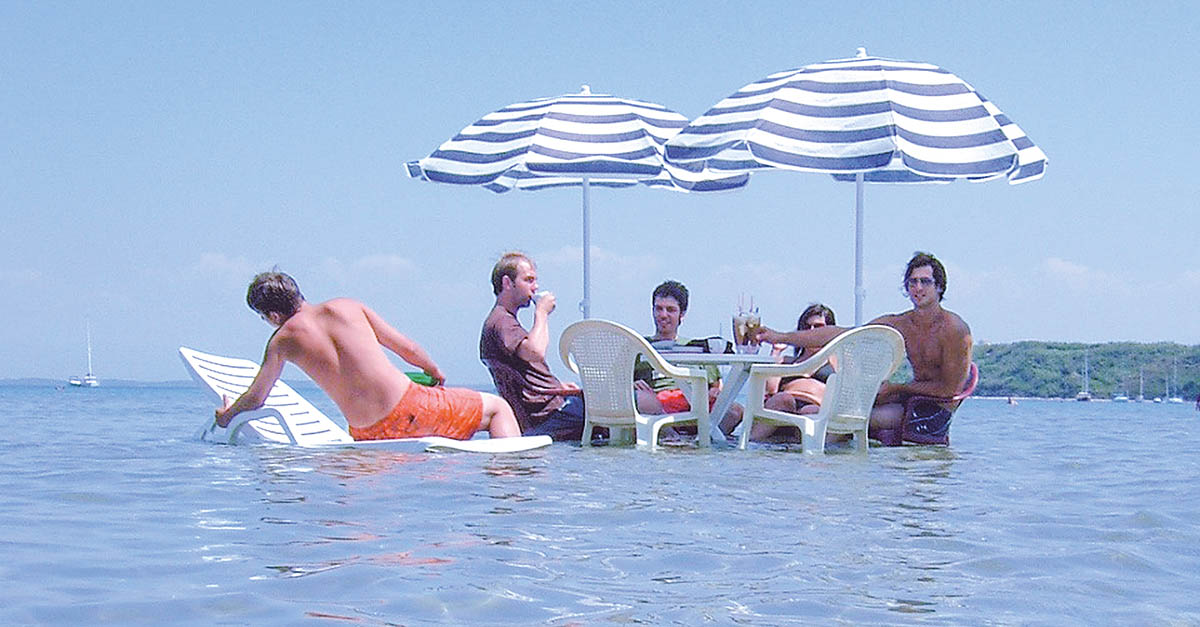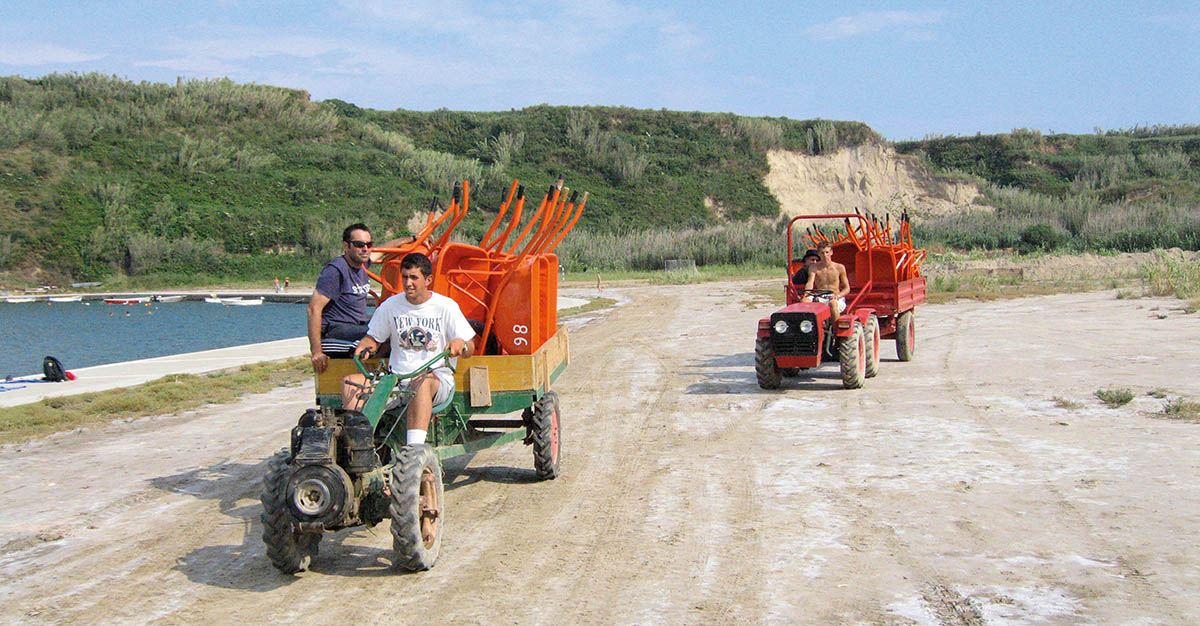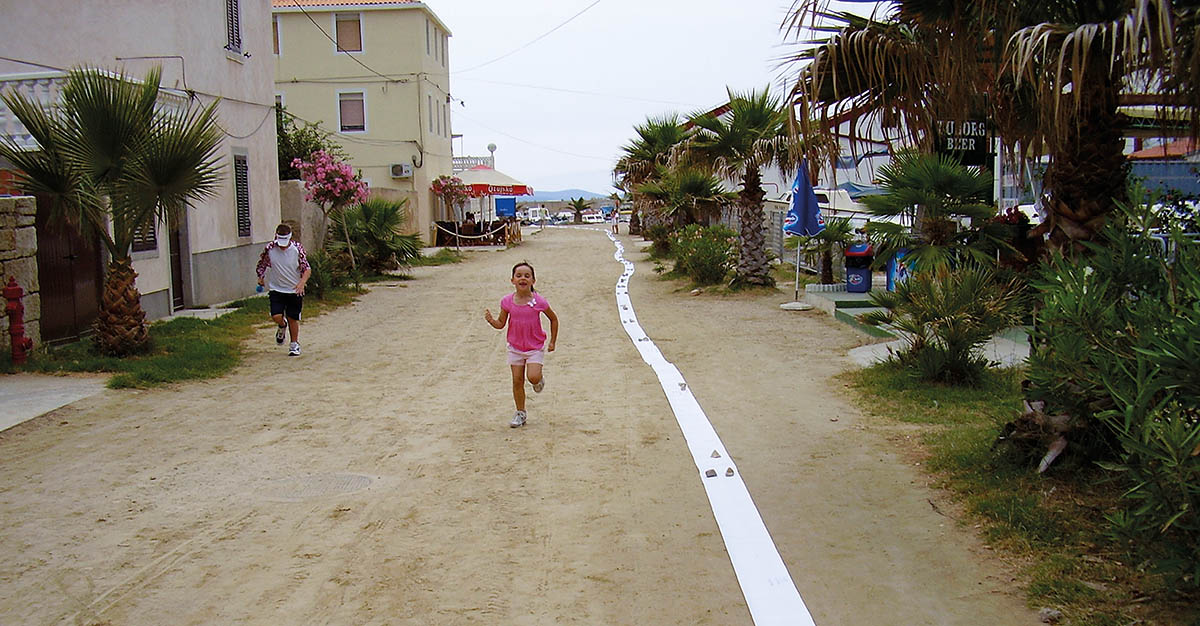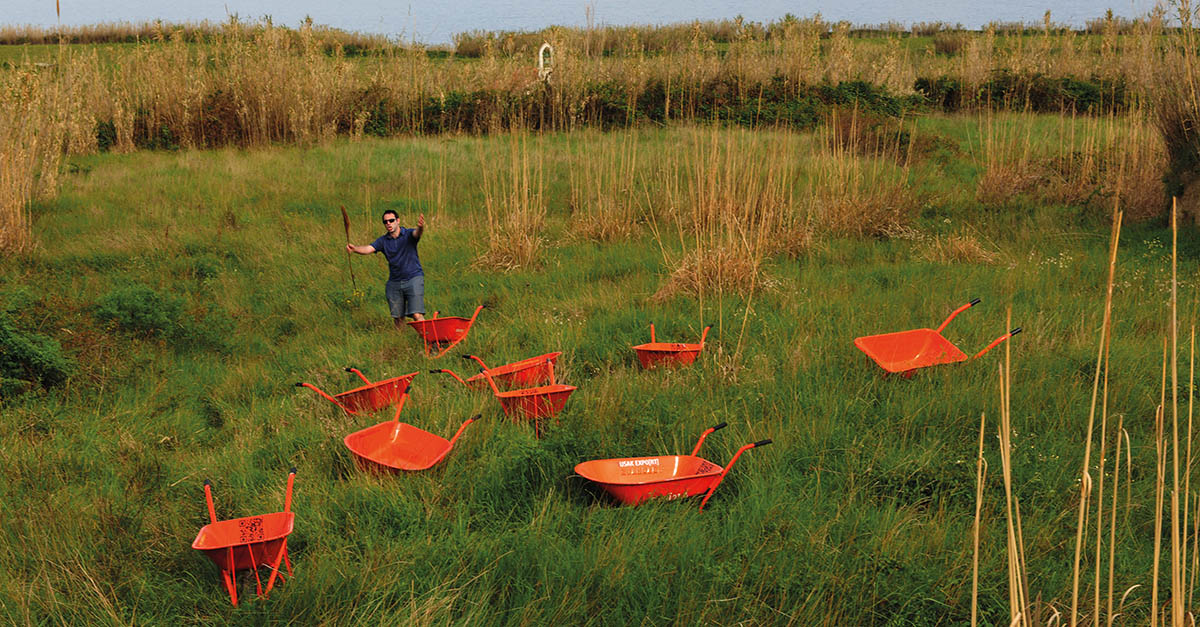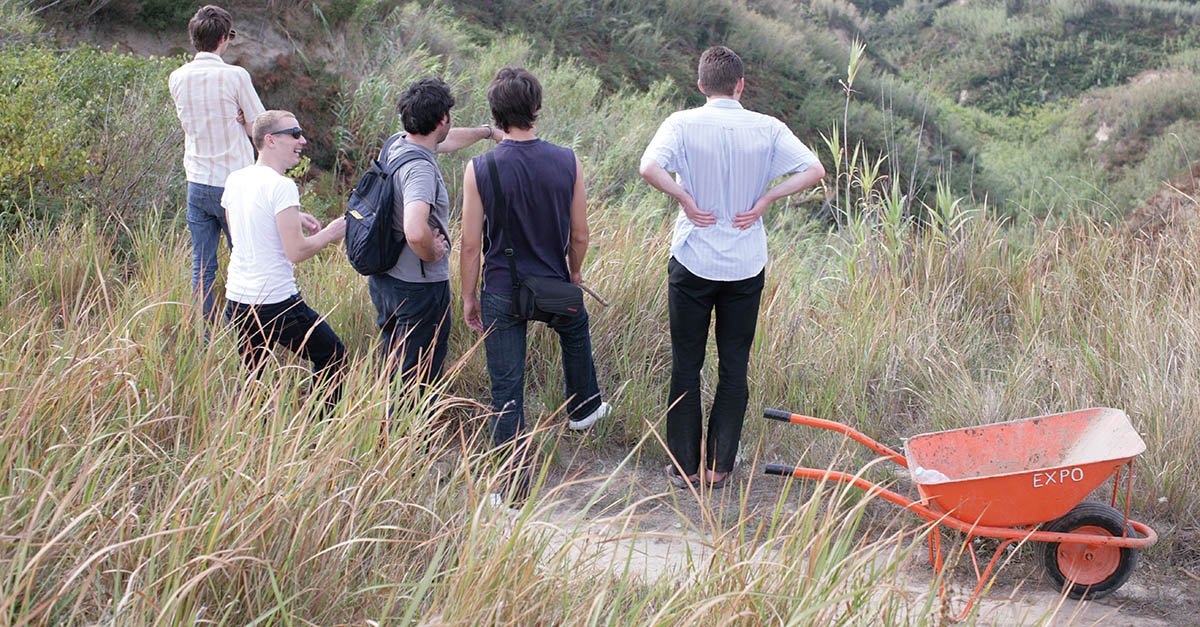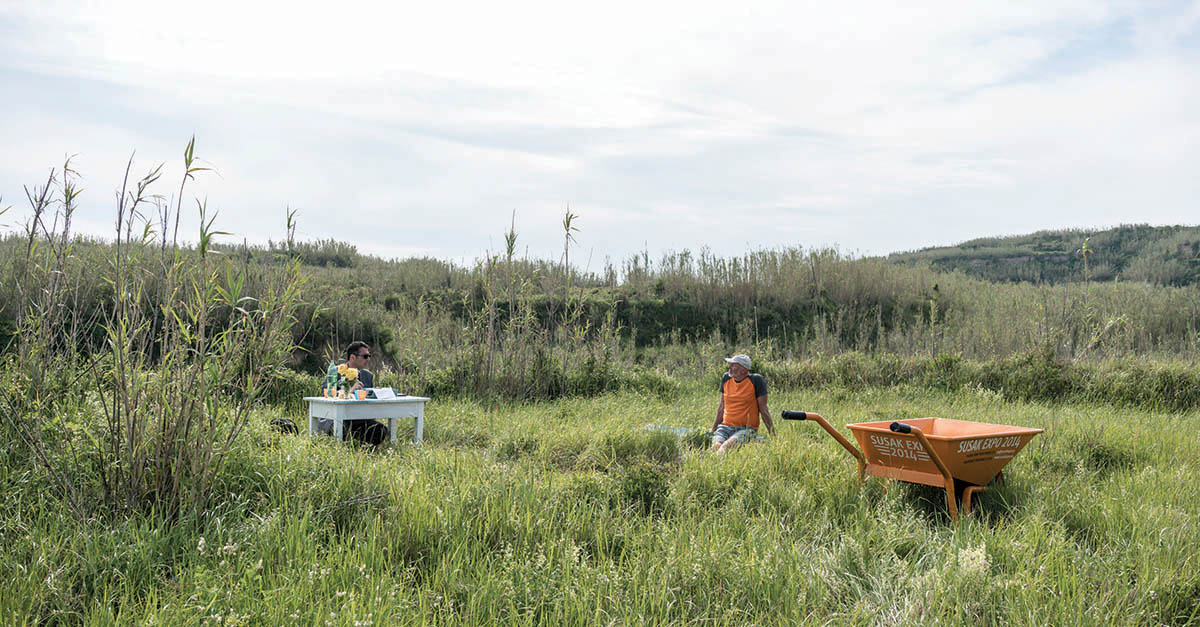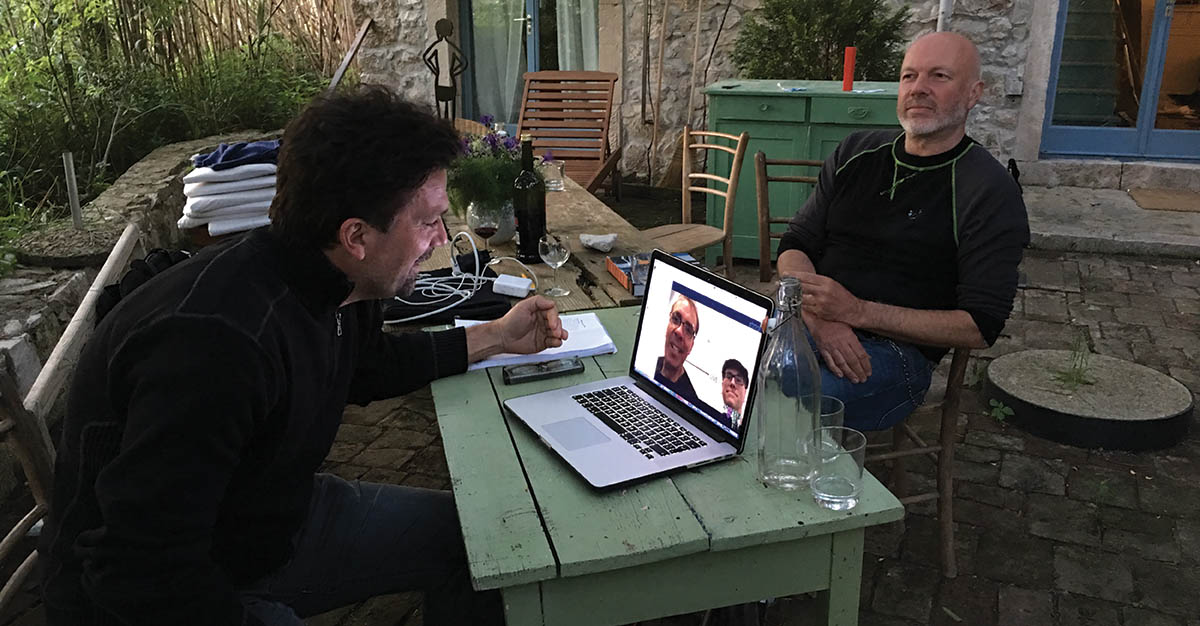“Susak Expo 2006 began as an idea to extend platforms by exchanges of contexts and languages through dialogues between people and locations. It’s an idea on the move, an idea in translation. And this text too, translated, will emerge with differences, to become another text. Translation can slip between languages to structure networks of thought. It enables simultaneous experiences to interact. It is vulnerable and open to incompletion as well as failure and misunderstanding. The project may fail or it may succeed, its outcome and even the idea of its completion is uncertain. And because of this openness it is vulnerable, this is its character”. Jo Melvin, 2006.
Participating artists have to accept the concept and possibility of failure, or even to embrace failure as a desirable outcome. The possibility of failure ensures the unpredictability of the expo. Susak expo is not just about isolation; it sits within a wider context and, whether politically or geographically, artists are encouraged to respond to the place and to reconsider their own practices.

